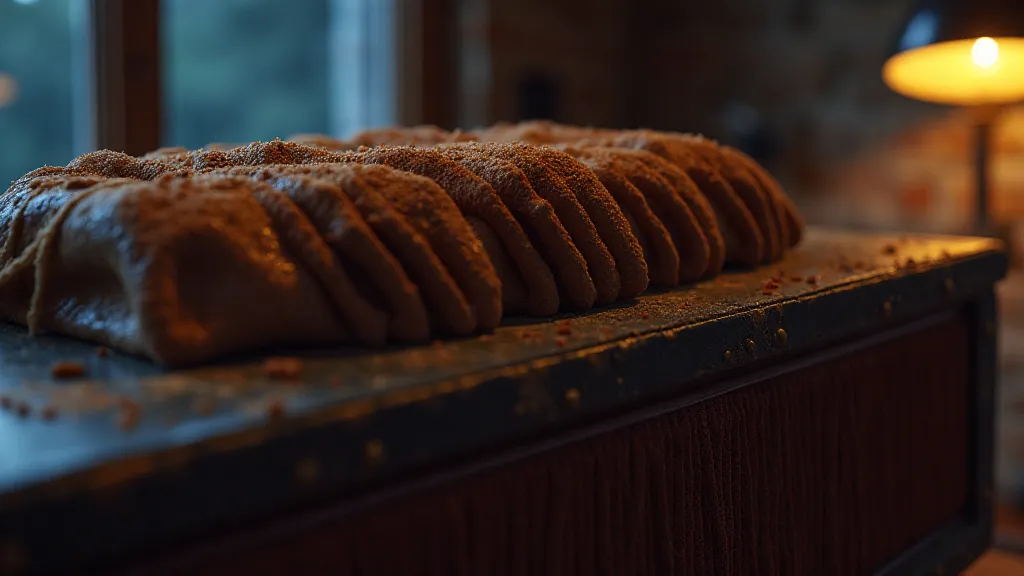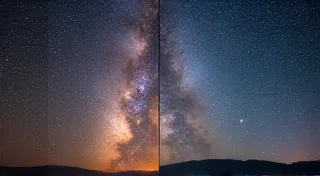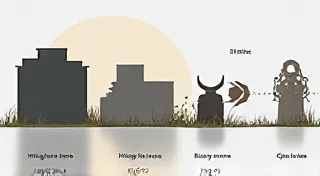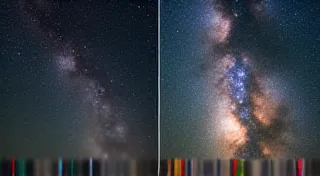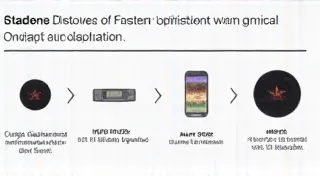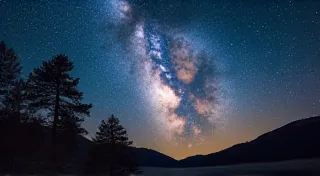Ephemeral Bloom: Capturing the Transient Beauty of Nebulae
The night sky, for so many, is a static canvas. A panorama of steadfast stars, a dependable backdrop to our terrestrial lives. But that perception belies a profound truth: the cosmos is in constant motion, a swirling dance of creation and destruction. Nowhere is this more evident – and more challenging to portray – than in the form of nebulae. Beyond the pinpricks of distant suns, these are the stellar nurseries, the vibrant remnants of exploded stars, the very building blocks of galaxies. They are, quite literally, becoming.
My journey into astrophotography began, oddly enough, with an accordion. A Hohner Vega, rescued from a dusty attic, its bellows cracked and its keys stubbornly silent. The meticulous process of restoring it – carefully cleaning, repairing, and re-voicing each reed – taught me a deep appreciation for craftsmanship and the passage of time. It instilled a sense of reverence for objects that bear witness to history, objects that become more beautiful through careful restoration. This, I realized, was also true of nebulae. They aren’t static landscapes; they’re evolving masterpieces, and capturing their ephemeral bloom requires a different kind of patience and understanding.
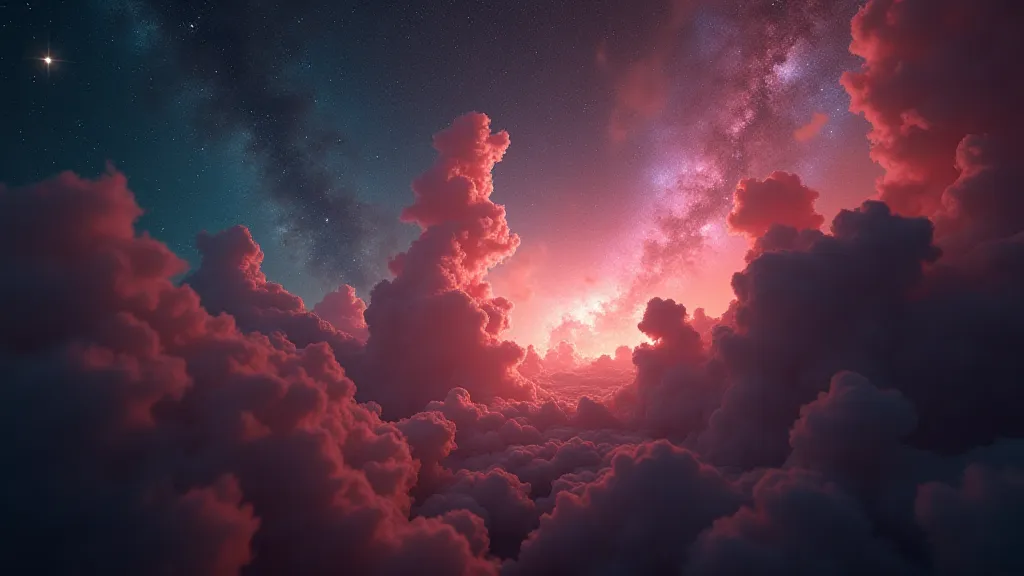
Understanding the Ephemeral Nature
Nebulae aren't painted onto the universe; they are shaped by forces beyond our immediate comprehension. Stellar winds carve through clouds of gas and dust, ionization processes shift colors in response to the energetic output of newborn stars, and shockwaves ripple across vast expanses of space. The light we see from these objects has traveled for hundreds, even thousands, of years, a ghostly echo of a past that continues to transform. What we perceive as a single image is, in reality, a sequence of events unfolding over immense timescales.
Traditional long-exposure astrophotography, while crucial for gathering faint light, often fails to convey this dynamism. A single exposure, even a lengthy one, freezes the scene in a single moment. It’s like photographing a waterfall only to see a static sheet of water – it misses the essence of the motion, the power, the lifeblood of the falls. So, how do we capture that fleeting beauty, that constant evolution? A crucial element in achieving sharp, detailed images is understanding the impact of focal length; a good starting point is checking out a Beginner's Guide to Understanding Focal Length in Astrophotography.
Time-Lapse Astrophotography: A Dance Across Time
Time-lapse astrophotography is one of the most powerful tools for revealing the ephemeral bloom of nebulae. By taking a series of short exposures over a period of time – perhaps hours or even nights – and then stitching them together, we can create a movie that illustrates the subtle shifts in brightness, color, and structure. It’s a technique borrowed from nature photography, applied to the cosmos. Imagine seeing the delicate tendrils of the Lagoon Nebula slowly unfurl, the wisps of the Horsehead Nebula gradually shifting position. It’s a visual revelation.
The key to successful time-lapse astrophotography is meticulous planning and execution. Tracking mounts are essential to counteract the Earth’s rotation, ensuring that your target remains centered in the frame. Careful calibration of your equipment and consistent exposure settings are paramount. And, of course, patience is a virtue – the universe operates on a timescale far grander than our own. Properly guiding your telescope is essential to making the most of your equipment, a good starting point is checking out a Beginner's Guide to Guiding in Astrophotography.
HDR Blending: Illuminating the Details
Even with long exposures and tracking, nebulae often exhibit a wide dynamic range – meaning that the brightest and darkest regions are vastly different in brightness. This can result in a final image that is either overexposed (washed out) or underexposed (dark and muddy). HDR (High Dynamic Range) blending offers a solution. By taking multiple exposures at different brightness levels and then combining them, we can reveal the full range of detail, bringing out the subtle nuances of color and texture that would otherwise be lost.
This process is analogous to the care taken in restoring antique accordions. The bellows, often fragile and degraded, might have varying degrees of leakage. Instead of simply attempting a single, perfect repair, a restorer might piece together sections from different bellows, blending the materials to create a cohesive and robust whole. Similarly, HDR blending stitches together multiple exposures to create a complete and vibrant image.
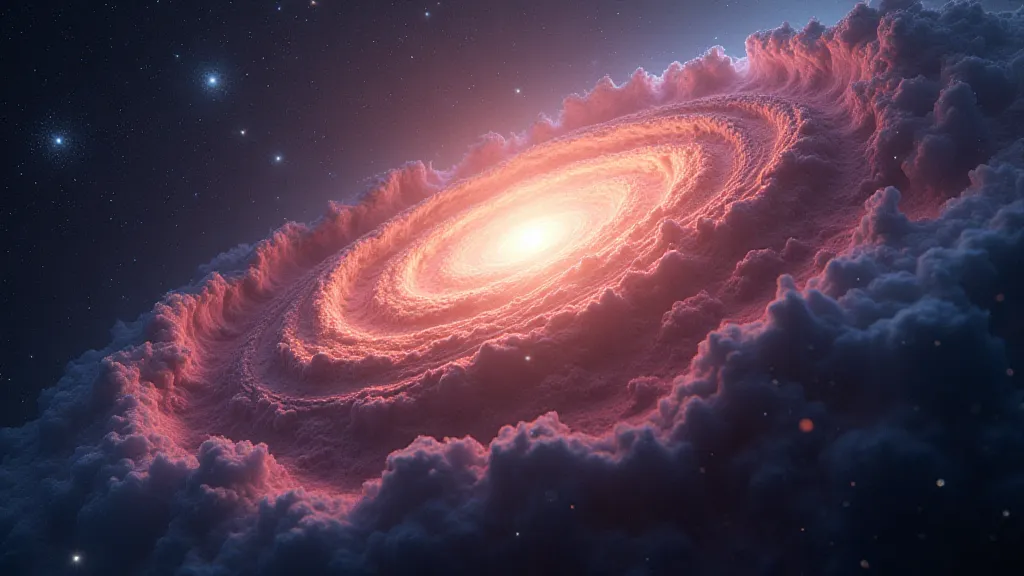
Nuanced Image Processing: Bringing the Bloom to Life
Raw astrophotography data is often riddled with imperfections – noise, vignetting, and color artifacts. Image processing is the final stage in the workflow, a chance to refine the image and bring out its full potential. However, this is where artistry and technical skill must converge. Aggressive processing can easily destroy the delicate details and introduce artificial-looking colors. The goal isn’t to “fake” beauty, but to reveal the beauty that is already there, to subtly enhance the existing colors and details.
Think of a skilled accordion repairer who doesn't just replace broken parts, but carefully adjusts the voicing of each reed to bring out its full tonal range. They might fine-tune the tension of the springs, clean the reeds with meticulous precision, and even alter the shape of the metal to achieve a richer and more resonant sound. Similarly, image processing should be approached with a delicate touch, a commitment to preserving the integrity of the original data. The universe provides its own narrative, occasionally whispering secrets that are faint yet profound; exploring the galactic background can reveal those stories, as described in The Silent Echoes: Finding Narrative in the Galactic Background.
Beyond the Image: A Sense of Wonder
Ultimately, capturing the ephemeral bloom of nebulae isn’t just about technical proficiency; it’s about fostering a sense of wonder. It’s about connecting with the vastness of the universe and appreciating the delicate balance of forces that shape our cosmic home. These images are not just records of light; they are portals to a realm of breathtaking beauty and profound mystery.
My journey with accordions and astrophotography has taught me that beauty isn't static; it's constantly evolving, constantly becoming. Whether it’s the slow restoration of a forgotten instrument or the careful capture of a distant nebula, the act of witnessing that transformation is a privilege, a source of endless fascination, and a reminder of the breathtaking artistry of the universe. For those just beginning their exploration of the cosmos, acquiring the right equipment can feel daunting; a good starting point is checking out Essential Astrophotography Equipment for Beginners.
The human drive to understand the cosmos isn't a recent phenomenon. Ancient civilizations tracked the stars, creating calendars and myths to explain the movements of celestial bodies. Modern astrophotography, with its blend of technology and artistry, represents a continuation of that same impulse: to not only observe, but to interpret and share the wonders of the universe.
It is important to remember that the pursuit of excellence in any field is often a journey of incremental improvements, a painstaking process of refinement and experimentation. Whether it is the delicate restoration of a vintage accordion or the meticulous process of stacking hundreds of astrophotography frames, the dedication to detail and the appreciation for craftsmanship are essential to achieving truly remarkable results.
The universe is a vast and complex tapestry, woven from the fabric of time and space. Each nebula is a thread in that tapestry, a vibrant hue in a cosmic masterpiece. And each photograph is an invitation to explore, to discover, and to appreciate the breathtaking beauty of our universe.
